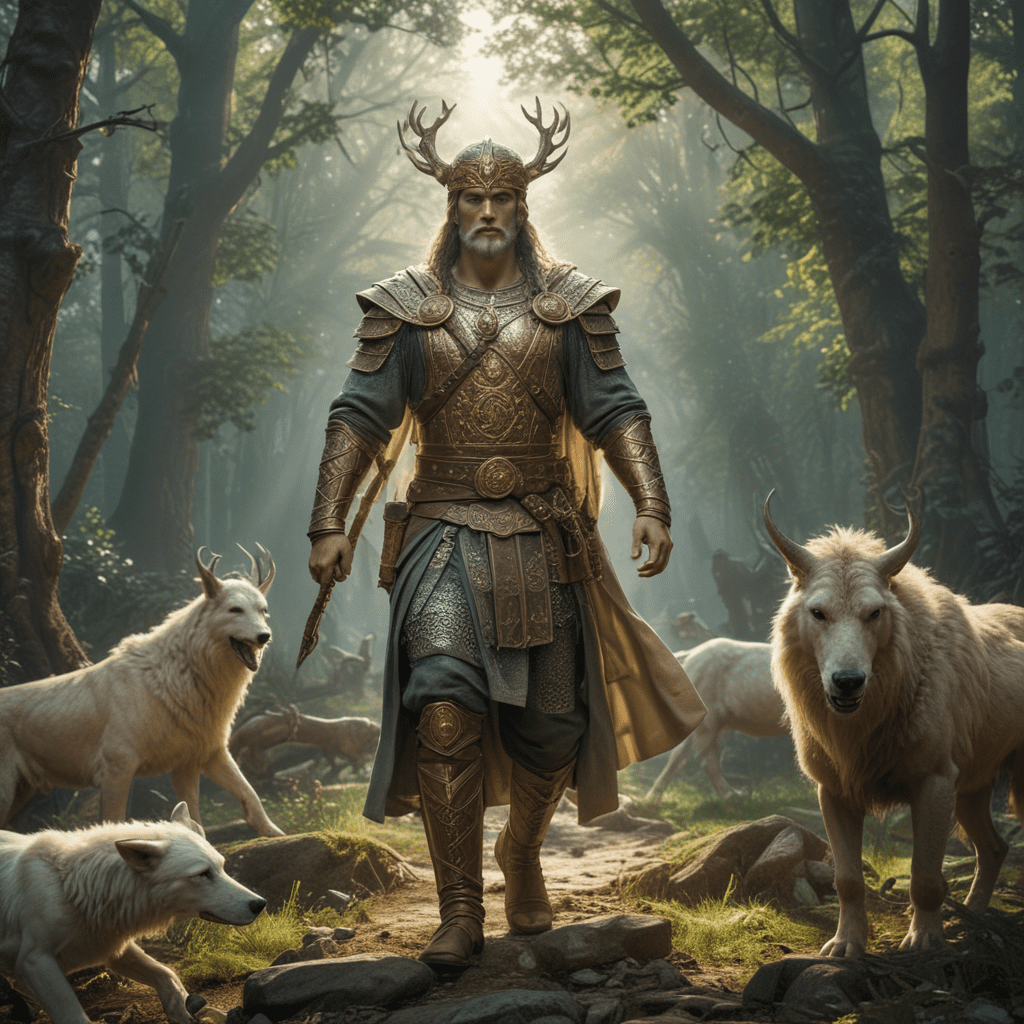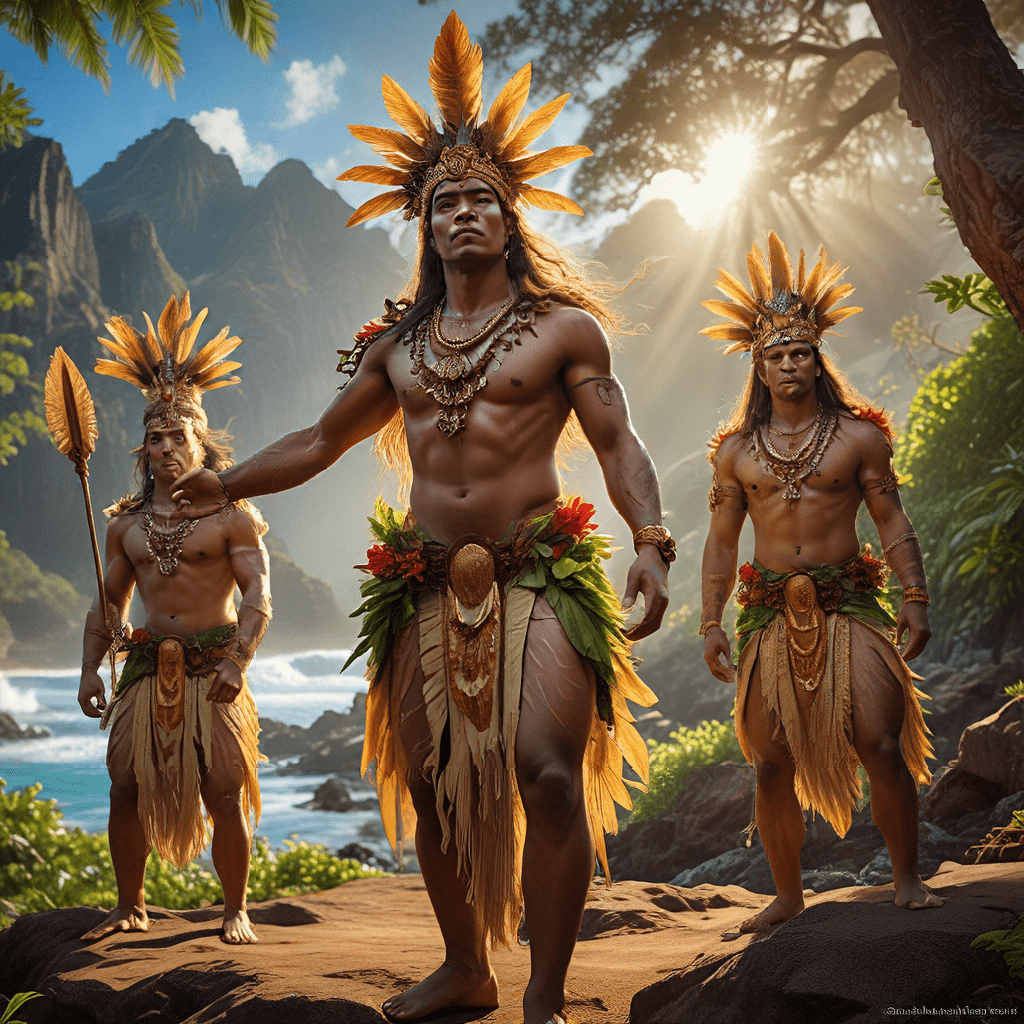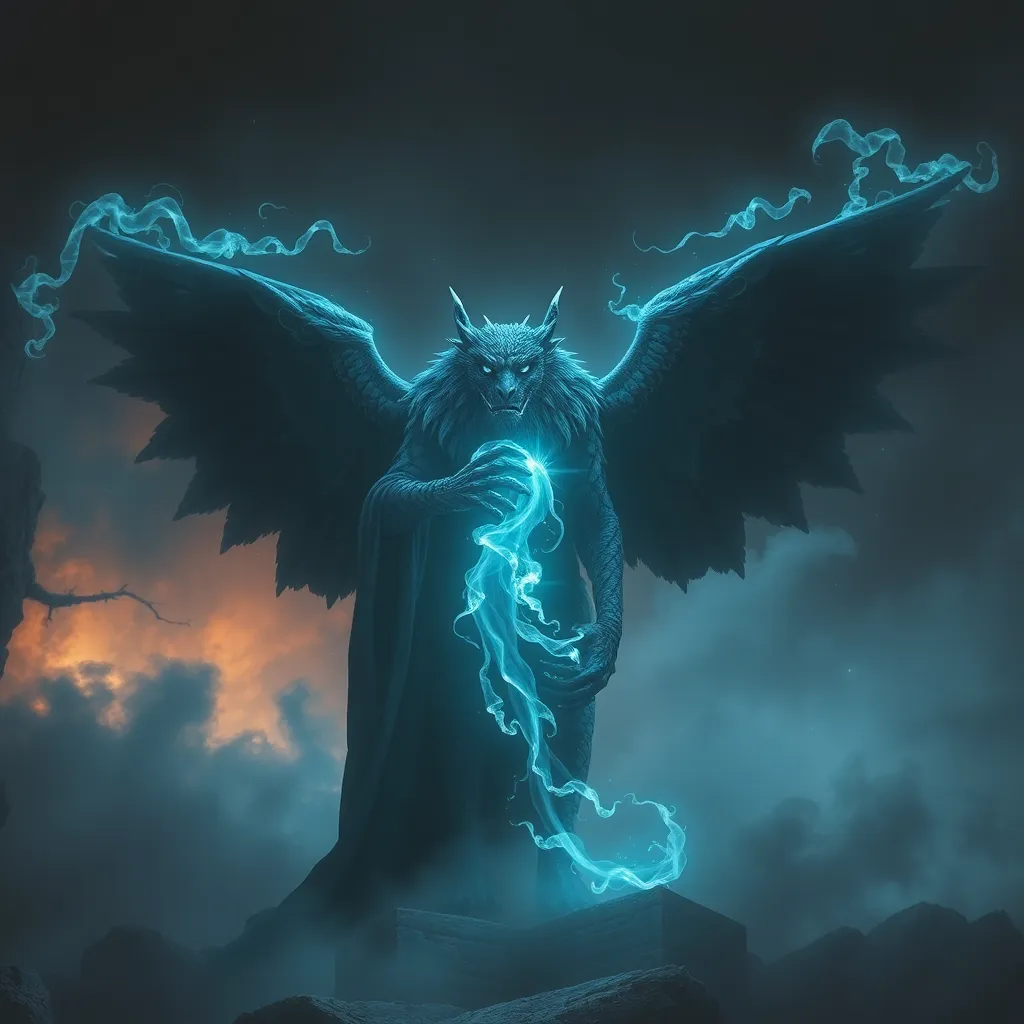Exploring Slavic Mythology Through Art and Literature
Exploring the rich tapestry of Slavic mythology unveils a treasure trove of ancient beliefs, customs, and legendary tales that have profoundly influenced the artistic and literary landscape of Eastern Europe. Immerse yourself in the captivating world of Slavic mythology through this comprehensive exploration of its historical roots, enchanting art forms, and captivating literature.
I. Historical Context of Slavic Mythology
Slavic mythology emerged from the interwoven beliefs and practices of countless Slavic tribes that inhabited vast territories across Eastern and Central Europe during the pre-Christian era. These tribes revered a pantheon of deities, spirits, and mythical beings deeply connected to nature and the elements. Slavic mythology provides valuable insights into the cultural values, fears, and aspirations of these ancient societies.
II. Slavic Folk Art and Symbolism
Slavic folk art is a vibrant testament to the power of mythology in everyday life. Traditional embroidery and weaving patterns incorporated intricate geometric motifs, stylized animals, and protective symbols believed to ward off evil spirits. Woodcarvings and sculptures adorned homes and sacred spaces with representations of benevolent and malevolent creatures from the Slavic pantheon. Pottery and glazing techniques showcased symbols of fertility, prosperity, and cosmic harmony.
III. Slavic Literature: Oral Traditions and Written Records
Slavic literature is a repository of mythological tales, legends, and epic folk songs that have been passed down through generations. Byliny, the heroic folk songs of the East Slavs, recounted grand battles, daring feats, and the supernatural exploits of mythical figures. Folk tales and legends preserved ancient beliefs about tricksters, magical creatures, and the forces that shape human destiny. Chronicles and manuscripts written by medieval scribes offer valuable insights into the religious and mythological beliefs of their time.
VI. Slavic Mythology in Modern Art
The influence of Slavic mythology extends far beyond its historical origins and finds resonance in modern art. Wassily Kandinsky, a pioneering abstract artist, drew inspiration from Russian folk motifs and symbolism, incorporating elements of Slavic mythology into his groundbreaking work. Marc Chagall, a surrealist master, evoked mythological themes and dreamlike imagery reminiscent of Slavic legends in his evocative paintings. Neo-Paganism and Slavic revivalism have also sparked a renewed interest in Slavic mythology, influencing contemporary artists and inspiring a resurgence of traditional crafts and practices.
VII. Slavic Mythology in Contemporary Literature
Slavic mythology continues to captivate contemporary literature, inspiring authors and readers alike. Neil Gaiman's acclaimed novel "American Gods" features characters and themes drawn from Slavic mythology, exploring the intersection of ancient beliefs and modern society. C. Robert Cargill's "Dreams from the Witch House" is a Lovecraftian horror tale infused with Slavic folklore, delving into the dark and enigmatic realms of Slavic mythology. Andrzej Sapkowski's "The Witcher" series has gained global popularity, showcasing the rich tapestry of Slavic mythology and its influence on fantasy literature.
VIII. The Influence of Slavic Mythology on Western Art and Literature
Slavic mythology has had a profound impact on Western art and literature, particularly during the Romantic and Gothic Revival periods. Romantic writers and artists were drawn to the mysterious and supernatural elements of Slavic mythology, incorporating them into their works to evoke a sense of wonder and awe. Symbolism and the Decadent Movement also drew inspiration from Slavic mythology, exploring the subconscious and otherworldly realms through allegorical and evocative imagery. Slavic mythology continues to be a source of inspiration for fantasy and science fiction writers, providing a rich tapestry of characters, creatures, and themes to explore.
IX. The Revival and Preservation of Slavic Mythology
Efforts to revive and preserve Slavic mythology have gained momentum in recent years. Museums and ethnological collections showcase artifacts and artworks that illustrate the depth and diversity of Slavic mythology. Cultural festivals and traditions keep ancient customs alive, fostering a sense of connection to the past. Education and scholarship play a vital role in disseminating knowledge about Slavic mythology and ensuring its continued legacy. By fostering appreciation and understanding, these efforts contribute to the preservation and revitalization of this rich cultural heritage.
X. The Enduring Significance of Slavic Mythology
Slavic mythology endures as a testament to the enduring power of human imagination and the human fascination with the unknown. Its characters, creatures, and themes resonate with timeless truths about the human condition, the forces of nature, and the mysteries of the world. Whether explored through art, literature, or cultural practices, Slavic mythology continues to enrich our understanding of human history, creativity, and the enduring legacy of ancient traditions.
FAQs
Q: What are the key characteristics of Slavic mythology?
A: Slavic mythology is renowned for its animism, its rich cast of deities and mythical beings, its deep connection to nature, and its emphasis on the interplay between good and evil.
Q: How does Slavic mythology differ from other mythologies?
A: Slavic mythology is unique in its emphasis on household deities known as domovoi, its prominent female deities, and its intricate system of beliefs surrounding death and the afterlife.
Q: What are the most famous Slavic mythological creatures?
A: Baba Yaga, a powerful witch, Leshy, a mischievous forest spirit, and Rusalka, a beautiful but dangerous water nymph, are among the most well-known Slavic mythological creatures.
Q: How has Slavic mythology influenced popular culture?
A: Slavic mythology has left an indelible mark on modern literature, art, and entertainment, inspiring works ranging from Neil Gaiman's "American Gods" to the popular video game series "The Witcher."



